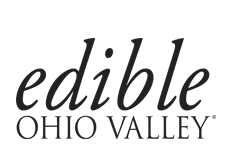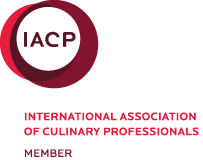A foodie friend of mine (see her Leaf and Grain blog) pointed me to this wonderful video on CNN’s Eatocracy site, in which Mario Batali extols the notion of eating truly seasonally—of fully enjoying a local food as many times and in as many preparations as you can while it’s in season. And Mario gives this a name: Scorpacciata.
“Understanding that the local asparagus is here for three or four weeks means you’re going to make a commitment to enjoying that because you’re not going to be eating asparagus that’s frozen or that’s been shipped from thousands of miles away. You only eat asparagus when it’s local. … When you can find something that’s local and delicious, and you enjoy it as many times as you can, by the time the season is over you’re ready for the next project.”
The last part of the quote really resonates with me, for this is the first summer that I can remember when I’ve not gone into deep mourning when a favorite fruit or vegetable passes out of season. I got my fill of strawberries this spring (in a salad with burrata cheese, in pie, on cereal, in homemade strawberry jam) and then just when they disappeared, blueberries showed up, and I was OK with moving on. When it became clear that lettuce would no longer grow in this hot, hot weather, I didn’t miss it—my taste had evolved toward summer-tomato salads and fresh cucumber pickles.
I will, absolutely, mourn the passing of corn come late September. And I’ll weep over the last cherry tomatoes I pick before Thanksgiving (assuming the damn squirrels leave us some). But for now, I’ve embraced the passing of the spring and summer seasons and the resulting changes in my eating habits. For now.
Watch the video:
[youtube http://www.youtube.com/watch?v=thsTPNfKbRk?rel=0&w=480&h=390]





His phrase [paraphrasing], “go at it with a vengeance,” gets right to the heart of my relationship with tomato season. While I’ve been waiting for my own tomatoes to ripen (they’re starting, at last), I find myself waiting impatiently in lines at the farmers’ markets, “com’on com’on com’on!” But true to what Mario describes, by the end of September, I’m ready for winter squash and cauliflower.
BTW … my Brandywine, Black Krim and Cherokee Purple tomatoes are now sporting “socks” (cut-up pantyhose slipped on to each green tomato). Crazy, I know, but the chipmunks in my yard sell their souls for a ripe tomato. And they do not share [shakes fist]. (P.S. Thanks for the shout-out. :^)
Great commentary Bryn. As is often the case, old styles become new again. Eating local is a movement that is here to stay.
Pingback: The cost of junk food vs. whole food. | writes4food | cooking, eating, drinking in the Midwest